We offer products and infrastructure packages as customer requirement that exceed customer expectations. This increasingly significant area of business server as a one-stop supplier of integrated solutions that add value to a customers operations. We aim to help our customers make decisive improvements in the direction and performance of their IT infrastructure by sparking breakthrough ideas and solution, a high customer profile in the communication industry and associations.
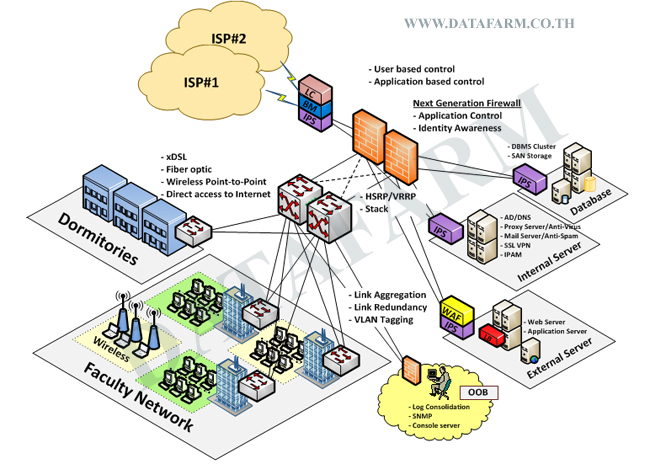 |
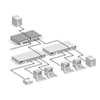 |
Switching A switch is a telecommunication device that receives a message from any device connected to it and then transmits the message only to the device for which the message was meant. The network switch plays an integral part in most modern Ethernet local area networks (LANs). Mid-to-large sized LANs contain a number of linked managed switches. Small office/home office (SOHO) applications typically use a single switch, or an all-purpose converged device such as a residential gateway to access small office/home broadband services. |
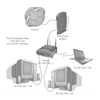 |
Routers A router is a device that forwards data packets between computer networks, creating an overlay internetwork. A router is connected to two or more data lines from different networks. Home and small office routers simply pass data, such as web pages, email, IM, and videos between the home computers and the Internet. Enterprise routers connect large business up to the powerful core routers that forward data at high speed along the optical fiber lines of the Internet backbone. |
 |
Wireless Wi-Fi is a wireless local area network that enables portable computing devices to connect easily to the Internet. Standardized as IEEE 802.11 a,b,g,n, Wi-Fi approaches speeds of some types of wired Ethernet. Wi-Fi has become the de facto standard for access in private homes, within offices, and at public hotspots. |
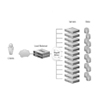 |
Load Balancer Load balancer distribute workload across multiple computers or a computer cluster, network links, central processing units, disk drives, or other resources, to achieve optimal resource utilization, maximize throughput, minimize response time, and avoid overload. Using multiple components with load balancing, instead of a single component, may increase reliability through redundancy. |
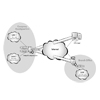 |
Virtual Private Network (VPN) A virtual private network (VPN) extends a private network across public networks like the Internet. It enables a host computer to send and receive data across shared or public networks as if they were an integral part of the private network with all the functionality, security and management policies of the private network. |
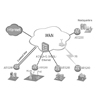 |
Digital subscriber line (xDSL) xDSL is a family of technologies that provide data communication by transmitting digital data over the wires of a local telephone network. It enable organization to link between long distance private network with cheaper price than using Fiber optic cable. |
We expertise in network communications services accumulated and large customer base in Telecom, Financial Services Industry, Energy, Manufacturing and Retails, Government , Educations, and other Public Sectors.